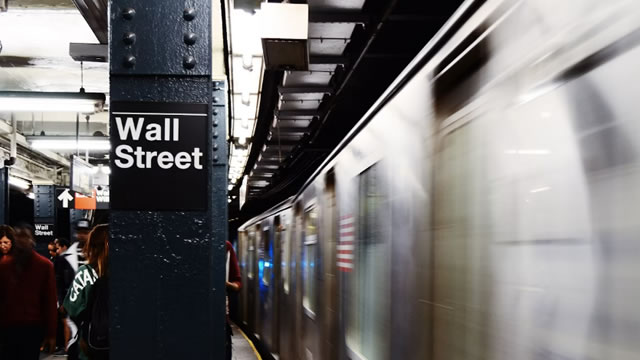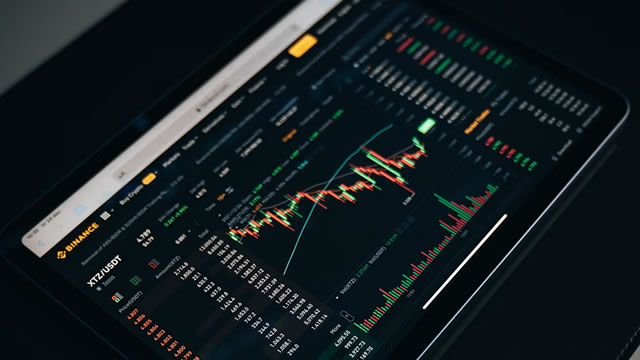China’s State-Run Media Unleashes AI-Generated Videos: A New Form of Political Satire
The digital age has brought about a new era of political discourse, one that transcends traditional media platforms and embraces the power of artificial intelligence (AI). In recent weeks, China’s state-run media outlets have taken to the internet with a series of AI-generated videos, using dancing robots and fraught consumers to chide U.S. President Donald Trump and the tariffs that they claim will lead to high inflation and economic distress for Americans.
A New Medium for Political Satire
These videos, produced by outlets such as China Central Television (CCTV) and People’s Daily, are part of a larger trend of using AI to create satirical content. The videos often feature robots mimicking human movements and expressions, set to music and interspersed with text and graphics. The message is clear: the U.S. and its president are out of touch with reality, and their policies will have dire consequences.
Chiding Trump and Tariffs
One video, produced by CCTV, shows a robot dressed as Trump waving a tariff list and dancing to the tune of “Money, Money, Money.” The text on the screen reads, “The U.S. tariffs on Chinese goods will harm American consumers and businesses.” Another video, from People’s Daily, depicts a robot consumer expressing frustration over rising prices and economic uncertainty, with the text “Trade war brings no winner” scrolling across the screen.
The Impact on the Individual
As a consumer in the global economy, these developments may have a significant impact on your wallet. The ongoing trade war between the U.S. and China has already led to increased tariffs on a range of goods, from steel to electronics. These tariffs can lead to higher prices for consumers, as companies pass on the additional costs to their customers.
- Higher prices for goods: Tariffs can lead to higher prices for goods, as companies pass on the additional costs to consumers.
- Economic uncertainty: Trade tensions can create economic uncertainty, which can lead to reduced consumer confidence and spending.
- Job losses: Companies may be forced to lay off workers or reduce hours due to increased production costs.
The Impact on the World
On a larger scale, the use of AI-generated videos by China’s state-run media to criticize U.S. policies and the potential economic consequences of tariffs is a significant development. It represents a new form of political discourse that is both visually engaging and emotionally resonant, making it a powerful tool for shaping public opinion.
- Increased political satire: The use of AI to create satirical content is likely to become more common, as it allows for more creative and engaging ways to convey political messages.
- Heightened tensions: The videos may contribute to heightened tensions between the U.S. and China, particularly if they are perceived as overtly hostile or insulting.
- Impact on global trade: The ongoing trade war between the U.S. and China, and the potential economic consequences, may have a significant impact on global trade and economic stability.
Conclusion
The use of AI-generated videos by China’s state-run media to criticize U.S. policies and the potential economic consequences of tariffs is a significant development in the digital age. While the videos may be entertaining, they also serve as a reminder of the potential economic and political consequences of trade tensions between the world’s two largest economies. As consumers and citizens, it is important to stay informed and engaged in the political discourse, particularly as technology continues to shape the way we communicate and understand the world around us.
Stay tuned for more insights and analysis on the intersection of technology, politics, and society.





